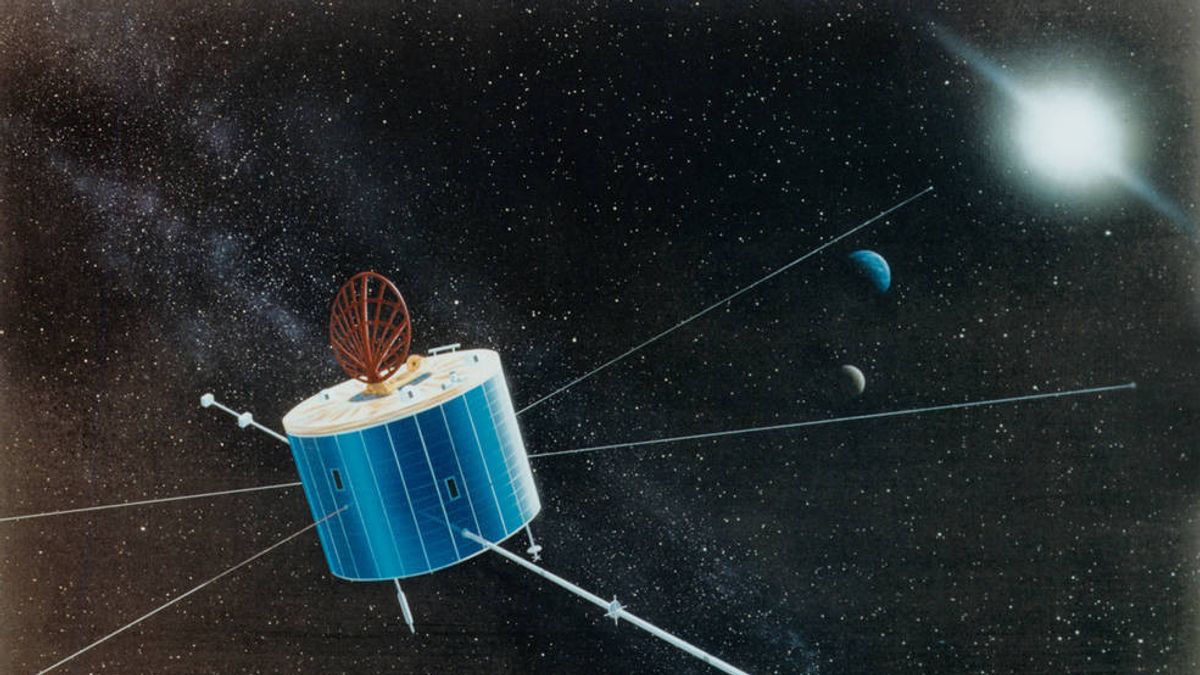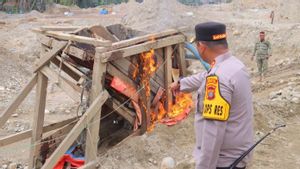JAKARTA - After months of repeated attempts to repair its last data recorder failed, NASA has decided to end the mission of the Geotail spacecraft which studied the Earth's magnetosphere for 30 years.
Since launch on July 24, 1992, the Geotail has orbited Earth, gathering vast data sets on the structure and dynamics of the magnetosphere, Earth's protective magnetic bubble.
Geotail was originally slated for a four-year term, but the mission was extended several times due to the return of high-quality data, which contributed to more than a thousand scientific publications.
However, one of the two Geotail data recorders failed to operate in 2012, the second continued to function until experiencing an anomaly on 28 June 2022. After attempts at remote repair of the recorder failed, mission operations ended on 28 November 2022.
"Geotail has been a very productive satellite, and it was the first joint NASA-JAXA mission," said Don Fairfield, emeritus space scientist at NASA's Goddard Space Flight Center and NASA's first project scientist for Geotail until retirement in 2008.
"The mission makes an important contribution to our understanding of how the solar wind interacts with Earth's magnetic field to generate magnetic storms and auroras."
In an elongated orbit, Geotail sails through the invisible boundaries of the magnetosphere, gathering data about the physical processes at play there to help understand how the flow of energy and particles from the Sun reaches Earth.
The spacecraft made many scientific breakthroughs, including helping scientists understand how fast material from the Sun enters the magnetosphere, the physical processes at play at the magnetosphere boundary, and identifying oxygen, silicon, sodium, and aluminum in the moon's atmosphere.
The mission also helped identify the location of a process dubbed magnetic reconnection, which is the main conveyor of material and energy from the Sun to the magnetosphere and one of the triggers for auroras.
SEE ALSO:
The discovery paved the way for the Magnetospheric Multiscale, or MMS, mission that launched in 2015. Over the years, Geotail collaborated with many other NASA space missions including MMS, Van Allen Probes, Time History of Events, and Macroscale Interactions during Substorms mission, Clusters, and Wind.
Together with an orbit that takes it as far as 120,000 miles from Earth, Geotail helps provide complementary data from remote parts of the magnetosphere to give scientists a complete picture of how events seen in one area affect other regions.
In addition, Geotail is also paired with field observations to determine the location and mechanism of how the aurora is formed.
Launching the NASA page, Thursday, February 2, although Geotail has finished collecting new data, scientific discoveries are not over. Scientists will continue to study Geotail data.
The English, Chinese, Japanese, Arabic, and French versions are automatically generated by the AI. So there may still be inaccuracies in translating, please always see Indonesian as our main language. (system supported by DigitalSiber.id)

















